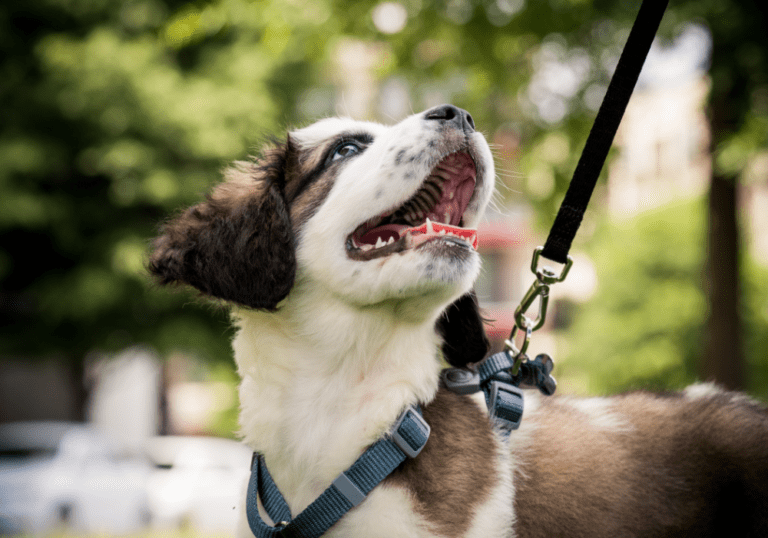Mastering the Art of Walking Your Dog: Tips for Walk Your Pet Month

As January rolls in, pet owners everywhere celebrate Walk Your Pet Month—a perfect opportunity to enhance the bond between you and your furry friend while instilling good leash manners. You’ve probably heard the classic joke: “Are you walking your dog, or is your dog walking you?” If your dog has never received any leash training, they might just be leading the way. But worry not! With a little patience and training, you can turn those chaotic walks into enjoyable adventures.
Making Walks with Your Dog More Enjoyable
Walking your dog should be a delightful experience for both of you. However, if your dog pulls on the leash, darts after squirrels, or behaves erratically, the stroll can quickly become stressful. Without proper training, your dog may not understand the rules of walking on a leash, leading to discomfort and potential injuries. Leash training is essential for a smooth and enjoyable experience.
## How Training Makes Walking Your Dog Easier
Dogs, much like children, don’t naturally know the social rules of walking on a leash. Through gentle corrections and positive reinforcement, they can learn to walk calmly beside you. Training sessions can help your dog understand that walking nicely on a leash is rewarding and fun.
What You Can Do About Pulling
If your dog pulls on the leash, it’s not just annoying; it can lead to serious injuries. According to a study by Penn Medicine, fractures related to dog walking have doubled among patients aged 65 and older from 2004 to 2017. Common injuries include fractures to the hip, wrist, and shoulder, making it crucial for dog owners to maintain control during walks.
Here are some effective methods from Rover.com to manage pulling:
- Make an About Turn: When your dog reaches the end of the leash, change direction. When your dog follows, reward them with a treat or praise. This teaches them that good behavior results in more enjoyable walks.
- Don’t Move: Stop walking when your dog pulls. Resume walking only when they stop pulling. This technique reinforces the idea that pulling does not lead to progress.
- Try a Harness: A no-pull harness can effectively discourage pulling by applying gentle pressure on the chest, guiding your dog back to your side.
Key Points for Effective Leash Training
- Positive Reinforcement: Praise and treats are powerful motivators. Dogs are more likely to repeat behaviors that earn them rewards.
- Patience is Essential: Leash training is a process. It may take weeks or even months for your dog to learn proper walking etiquette.
- Pre-Walk Exercise: If your dog has excess energy, a quick game of fetch or some playtime in the yard can help them walk more calmly on a leash.
- Avoid Retractable Leashes: These leashes may inadvertently reinforce pulling behavior, making it harder to train your dog.
- Consider Obedience Training: Obedience classes can teach you essential commands to use during walks, such as “leave it” or “slow.” These commands can help manage your dog’s behavior in various situations.
The Importance of Walk Your Pet Month
Walk Your Pet Month is the perfect time to focus on improving your dog’s leash skills. Not only will well-behaved walks enhance your enjoyment, but they will also help prevent your pet from being injured by cars or other animals.
If your dog does become injured or exhibits health issues, consult our doctors at Willow Glen Pet Hospital. We’re here to help and can schedule a convenient appointment to examine your dog and discuss your concerns.
Conclusion
Taking the time to train your dog for better leash manners can transform your walks from chaotic to enjoyable. Celebrate Walk Your Pet Month by investing in your dog’s training and together, you can create a bond that flourishes with every step you take.
If you need more help or have any questions, call us at Willow Glen Pet Hospital, (669) 342-7472. 1033 Willow Street, San Jose, CA, 95125, US
Hours: Monday – Saturday 8:00 am – 6:00 pm
Dr. Gillon or Dr. Shani or visit us online.
By following these tips, you’ll not only make walking your dog a safer and more enjoyable experience but also strengthen the bond you share with your furry companion. Happy walking!
